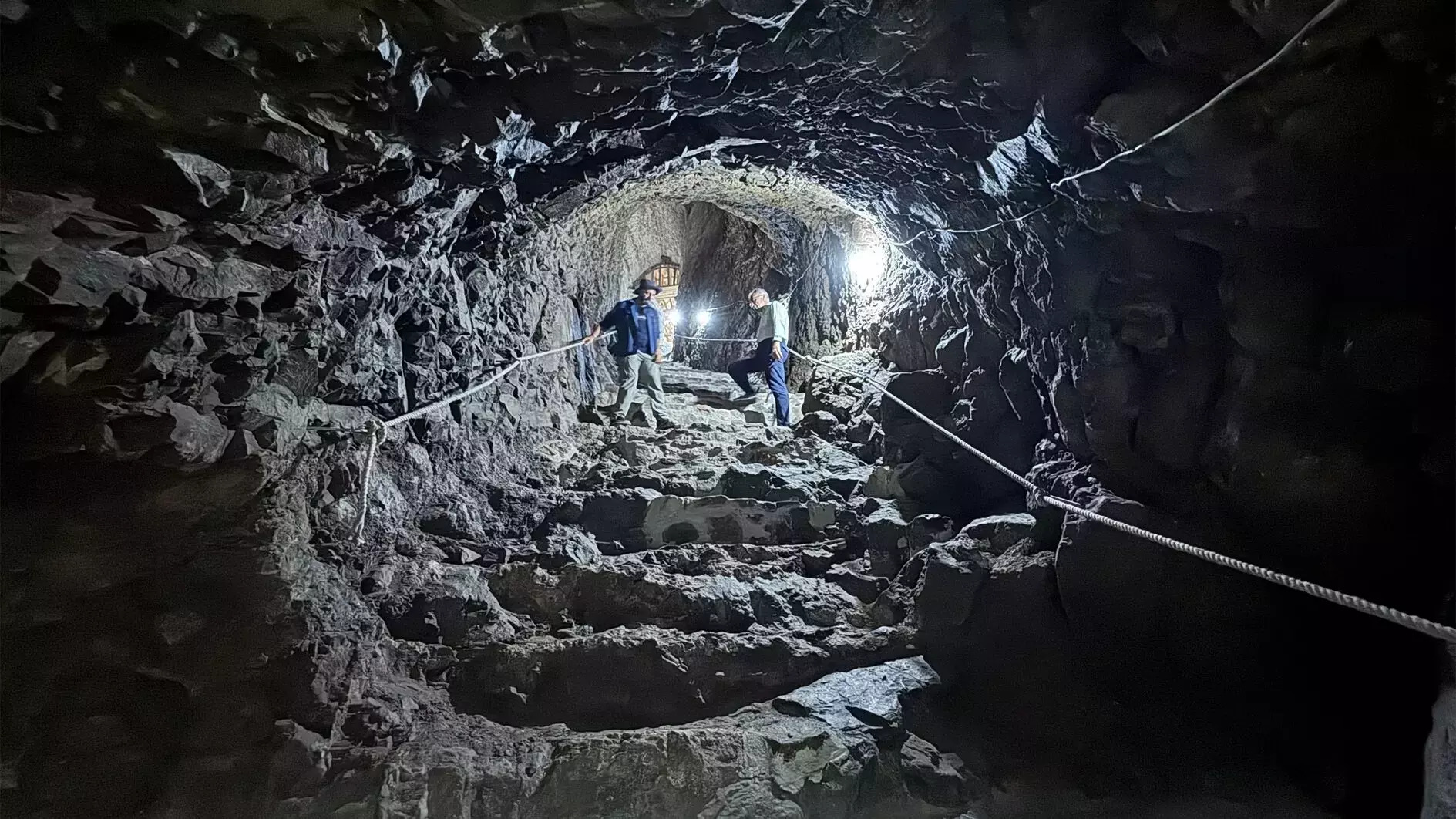According to recent research by scientists from the University of Edinburgh, the ancient pillars of Göbeklitepe, a Pre-Pottery Neolithic site in Turkey, may contain evidence of the world’s oldest lunisolar calendar.
This discovery also implies that a devastating comet impact could have been the motivation behind Göbeklitepe’s establishment as a sacred site for religious practices.
Published in the June edition of Time and Mind: The Journal of Archaeology, Consciousness and Culture, the study analyzes 12,000-year-old carvings that appear to form a lunisolar calendar composed of 12 lunar months and an additional 11 days, potentially marking it as the earliest known example of such a system.
The recent study re-examines and interprets symbols on pillars at Göbeklitepe, initially unearthed by German archaeologists in 1994. The site features megalithic pillars, approximately 18 feet (5.5 meters) tall, depicting both abstract human figures and animals. According to Sweatman’s research, 365 V-shaped symbols were identified, representing individual days, along with square symbols indicating 29.5-day lunar months. The last day on the calendar is marked by a “V” on the neck of a bird figure, symbolizing the summer solstice.
Sweatman’s research also uncovered illustrations of a comet impact, known as the Younger Dryas, which some scientists believe triggered a mini ice age around 10,850 BCE, lasting for 1,200 years.
After analyzing the symbols on the carvings, Sweatman interprets the images of snakes emerging from the bodies of birds and foxes on the pillars as representations of a meteor shower.
Researchers propose that the comet impact and the resulting climate changes may have contributed to the emergence of new religious practices or cults, potentially influencing the development of human civilization. Dr. Sweatman remarked, “This event might have triggered civilization by initiating a new religion and by motivating developments in agriculture to cope with the cold climate.” He also suggested that these early efforts to record celestial events might represent the initial steps toward the eventual creation of writing, thousands of years later.







